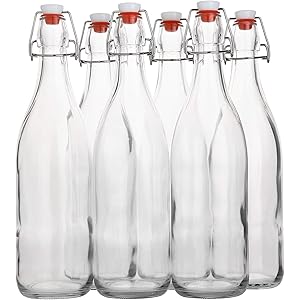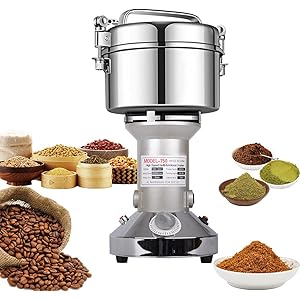Understanding Amber Ale
Amber Ale is a style of beer that is characterized by its amber to copper color, which comes from the use of caramel malts. This beer style typically has a balanced flavor profile, featuring a moderate hop bitterness and a malty sweetness. The aroma of Amber Ale often includes notes of toffee, caramel, and sometimes a hint of citrus from the hops. The alcohol content usually ranges from 4.5% to 6.5%, making it a versatile choice for many beer drinkers.
The Characteristics of Porter
Porter is a dark beer that originated in London in the 18th century. It is known for its rich, roasted flavors that come from the use of dark malts. The color of Porter can range from dark brown to nearly black, and it often has a creamy mouthfeel. The flavor profile of Porter includes notes of chocolate, coffee, and caramel, with a slight bitterness that balances the sweetness. The alcohol content of Porter typically ranges from 4% to 6.5%, similar to Amber Ale.
Flavor Profiles: Amber Ale vs Porter
When comparing Amber Ale vs Porter, the flavor profiles are distinctly different. Amber Ale tends to be more balanced with a focus on malt sweetness and moderate hop bitterness. In contrast, Porter emphasizes roasted flavors, with a strong presence of chocolate and coffee notes. While both styles can have a slight sweetness, Amber Ale is generally lighter and more refreshing, whereas Porter is richer and more robust.
Color Comparison: Amber Ale vs Porter
The visual appeal of Amber Ale vs Porter is strikingly different. Amber Ale showcases a beautiful amber to copper hue, inviting drinkers with its warm tones. On the other hand, Porter presents a dark, almost opaque appearance, which can be intimidating to some. The color differences are a direct result of the types of malts used in brewing, with Amber Ale utilizing caramel malts and Porter relying on roasted malts.
Brewing Techniques: Amber Ale vs Porter
The brewing techniques for Amber Ale vs Porter also differ significantly. Amber Ale is typically brewed with a combination of pale malts and caramel malts, which contribute to its color and flavor. The hopping process can vary, but it often includes a mix of American and English hops. Conversely, Porter requires the use of darker malts, which are roasted to achieve the desired flavors. The brewing process for Porter may also involve a longer fermentation time to develop its complex flavors.
Get more content like this!
Sign up to receive updates and new terms first hand.
Food Pairings: Amber Ale vs Porter
When it comes to food pairings, Amber Ale vs Porter offers unique opportunities. Amber Ale pairs well with a variety of dishes, including grilled meats, roasted vegetables, and even spicy foods due to its balanced flavor. In contrast, Porter complements richer foods such as chocolate desserts, barbecued meats, and hearty stews. The robust flavors of Porter can enhance the taste of these dishes, making it a great choice for food enthusiasts.
Popularity and Availability: Amber Ale vs Porter
In terms of popularity, both Amber Ale and Porter have their dedicated fan bases. Amber Ale is often favored for its drinkability and versatility, making it a common choice in craft breweries and bars. Porter, while slightly less mainstream, has seen a resurgence in popularity due to the craft beer movement. Both styles are widely available, but the specific offerings can vary by region and brewery.
Alcohol Content: Amber Ale vs Porter
The alcohol content in Amber Ale vs Porter is generally comparable, with both styles typically ranging from 4% to 6.5%. However, individual brews may vary, and some craft breweries produce stronger versions of both styles. It’s essential for beer enthusiasts to check the label for specific alcohol content, especially when exploring different brands and variations within each style.
Conclusion: Choosing Between Amber Ale and Porter
Ultimately, the choice between Amber Ale vs Porter comes down to personal preference. Those who enjoy a balanced, malt-forward beer may gravitate towards Amber Ale, while those who prefer rich, roasted flavors might opt for Porter. Both styles offer unique experiences and can be enjoyed in various settings, making them staples in the world of craft beer.




